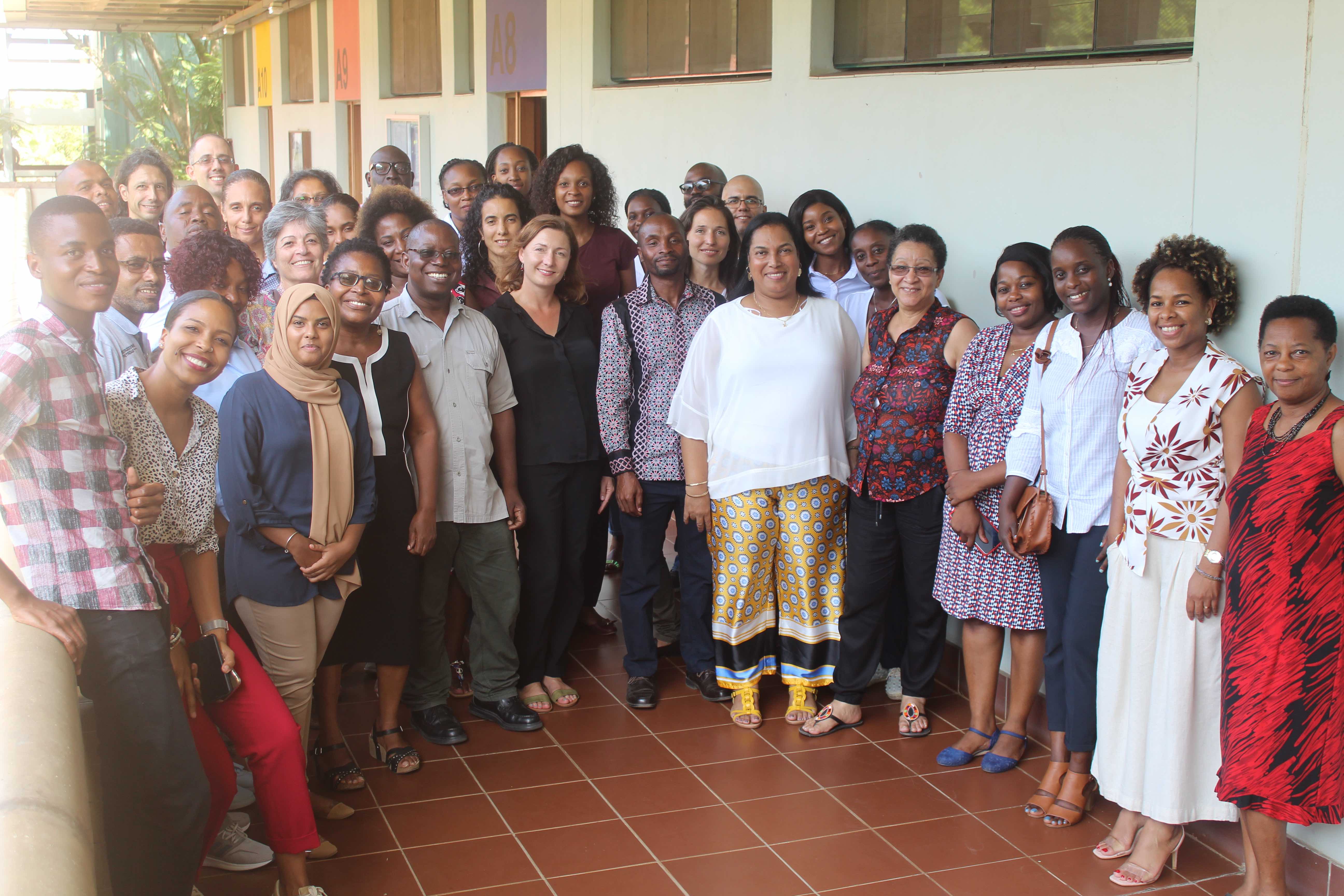The Wildlife Conservation Society (WCS), through its COMBO project, in partnership with BIOFUND and the Department of Biological Sciences at Eduardo Mondlane University, organized a "training session on biodiversity metrics to quantify losses due to impacts and gains resulting from biodiversity offsets" on last February 18, 2020 at the Eduardo Mondlane University Campus. The training was provided by Prof. Doctor Martine Maron from the University of Queensland, School of Earth and Environmental Sciences, which is specialized in biodiversity conservation, namely in improving policies and practices to halt its loss. With more than 120 scientific papers published, Dr. Maron has a worldwide reputation in research associated with biodiversity offsets, development and implementation of associated policies.

The COMBO Project (is implemented by WCS and has as partners National Directorate for Environment (DINAB) and BIOFUND) “Conservation, Mitigation of Impacts and Biodiversity Offsets in Africa”, aims to improve the application of the mitigation hierarchy of environmental impacts in Mozambique, and support the Government in the development of mechanisms for the implementation of biodiversity offsets in the country. Guidelines for the proper application of the mitigation hierarchy, including biodiversity offsets, have been developed with the former Ministry of Land, Environment and Rural Development, currently the Ministry of Land and Environment.
One of the key components of the guidelines is the technical aspects associated with the development of metrics / indices to adequately measure biodiversity losses resulting from the impacts of development projects, as well as the biodiversity gains resulting from offsetting projects. What biodiversity should be measured? How? How to combine quantitative and qualitative aspects? What other factors should be considered, such as the occurrence of protected species, connectivity between habitats, integration into the surrounding landscape or the risk of offsetting failure? All of this has to be considered in determining the quantity and quality of biodiversity to be offset.
The training session was attended by the government technicians, teachers and students from UEM's biological sciences and forest engineering departments, researchers, private sector and environmental consultants.